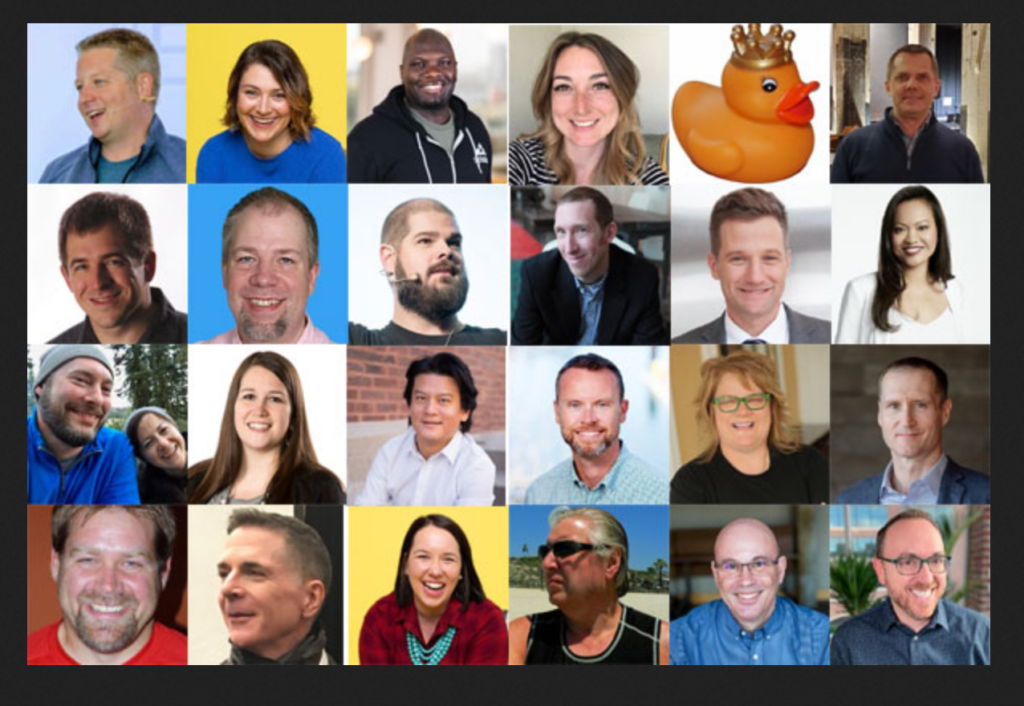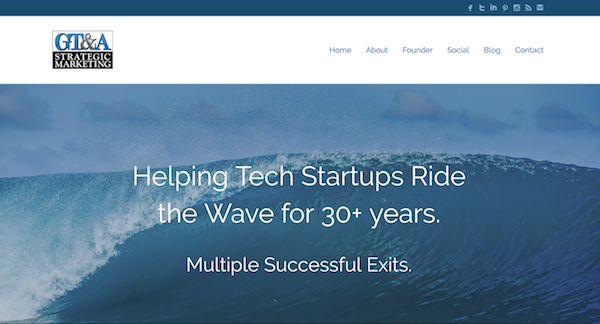Here’s a bulletin: it’s damn hard!
Okay, that may not be news to you if you’ve done at least one startup. But what’s not well known is that many  inexperienced founders — and investors, too — think it bears little resemblance to traditional brand marketing, and that it can be done with, um, little or no money.
inexperienced founders — and investors, too — think it bears little resemblance to traditional brand marketing, and that it can be done with, um, little or no money.
I’m not kidding – they really do. Another guy who’s noticed that is David Murdico, who recently wrote a post lamenting some cold, hard facts: 5 Reasons Startups Should Pay Marketing Agencies More Than Brands Do
(David heads an agency in LA, which has become a hot startup community — a very large one! Here’s his bio.)
“The myth out there is that startups don’t have very high budgets because they’re – you know – startups, so they shouldn’t pay marketing agencies, ad agencies, the gardener, the people at the counter at Burger King, or other professionals at the same rates that those nasty big brands do.
They should pay more.”
Yes, you read that right — that’s what David said. Because startup marketing is in fact harder than traditional brand marketing, he maintains. In his post, he goes on to make an excellent argument about why… which, as someone who’s focused virtually my entire career in this space, I think really nails it.
“Working with a startup team takes every bit as much time, creativity, effort, critical thinking, planning, strategizing, communication and resources as working with the marketing team at a big brand, and probably more.”
David gives five reasons why the above is true:
1. Nobody knows who you are yet.
2. You are every bit as demanding as a brand marketing team.
3. You are very stuck on your own ideas and greatness.
4. You often hire an agency to shut up and do as they’re told.
5. You keep changing your mind about stuff.
You can read more on those points in his post. Now, granted, saying all that is pretty easy — but what can reasonably be done to do something about this problem? And it is a real problem — one that’s holding back too many startups. But let me try, with my own list of 5 things:
1. Founders need to get real about marketing, plan better, and budget more money for it. They can and should seek help in this regard. Good advice is available out there from many disinterested parties who can provide objective feedback or recommendations. Obviously, every startup needs advisors, and you’d be taking a big chance if you don’t have a marketing person on your advisory team! And I say that even if you already have a marketing cofounder — because an advisor can provide a valuable sounding board. The critical, overriding marketing question for your startup is this: what will it really take, dollar-wise, to achieve the level of traction or market penetration that your plan calls for?
2. VCs and angel investors need to better understand marketing. They’re largely finance people. Most VCs don’t even have startup operational experience (yes, angels are more likely to), let alone marketing. In my thirty years of working with startups, I’ve run across precious few investors who are really marketing savvy (unless you count those who actually believe in the viral-marketing fairy). Sure, some VCs may have taken a marketing class or two for their MBA, and they talk about customer acquisition a lot, and but most don’t really understand all the things needed to make that happen — nor the investment it requires. The lucky startup that just “takes off” via word-of-mouth is rare indeed. (Granted, some of the top-tier VC firms actually employ smart marketing people as part of their portfolio company support team — which is one reason they’ve achieved top-tier status. But these are very few indeed.)
3. Founding teams (and any and all people involved in startups) need to adjust their expectations. There are many misconceptions about startup marketing, and a good advisor can help in this regard. For example, founders have to stop thinking that, if they could just get media coverage in TechCrunch or VentureBeat or some other such media site, all their marketing problems would be solved. “We just need a ‘kick-start’ and we’ll get all the signups we need!” Dream on. I can have you talk to some founders for a reality check.
4. Watch out with that term “agency” — meaning most startups actually don’t need an entire firm (and the overhead that goes with it). Let’s use the term here to just mean a small creative team, often simply two people: a writer and a designer. Those are the key operatives. But they of course need to be experienced startup marketing strategists at the same time, with an understanding of media — or the latter can be an additional team member. What working with an “agency” really means for a startup is the smallest possible team, who can wring the most value possible out of a modest budget. But, because they have startup chops, they should be paid well. Yes, even more than their counterparts on a traditional “brand” agency team, because this is different, more specialized, and harder work that run-of-the-mill work for established brands.
5. As a founder, think very carefully about how much you allocate for marketing in your proposed “Use of Funds” — that is, the percentage of the total dollar amount you plan to raise (or do raise). Investors need a critical eye here, too. Especially watch out for a line-item that says “Sales and Marketing” — that doesn’t cut it! First of all, sales is a subset of marketing in any successful business. It’s the here-and-now, the day-to-day, the “who am I going to sell next?” It’s not marketing, which is about planning and strategy for a longer term than… um, a few days, a week, or a quarter! Sales is heavily oriented toward people expenses (salary, commission, travel, etc) — marketing not so much. Rather, it’s more about media, advertising, research, PR, customer acquisition, even some product development activities. Costs attributed to “Sales,” especially for a startup that must build a salesforce or a channel, can quickly escalate and overshadow dollars that really need to be invested in Marketing. Word to the wise: don’t put the cart before the horse. Good marketing — planning, strategy, brand building — must get attention ahead of investments in Sales. The right Marketing will drive the right Sales.
Yes, startup marketing is hard. Get help, think big, and don’t cheap out.








Recent Comments